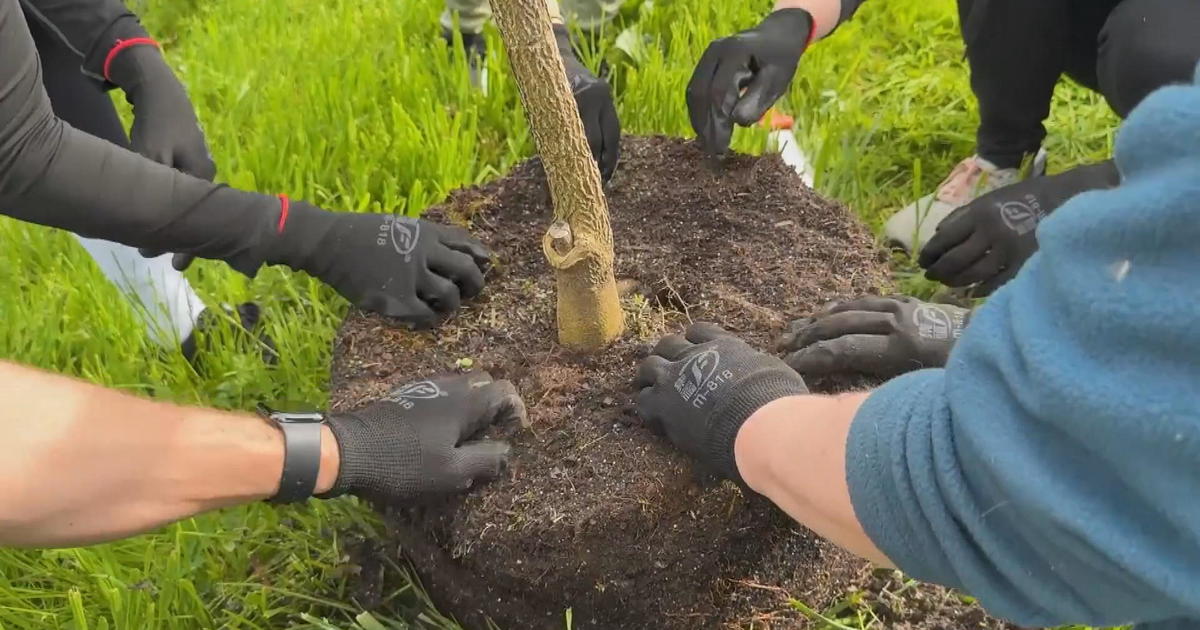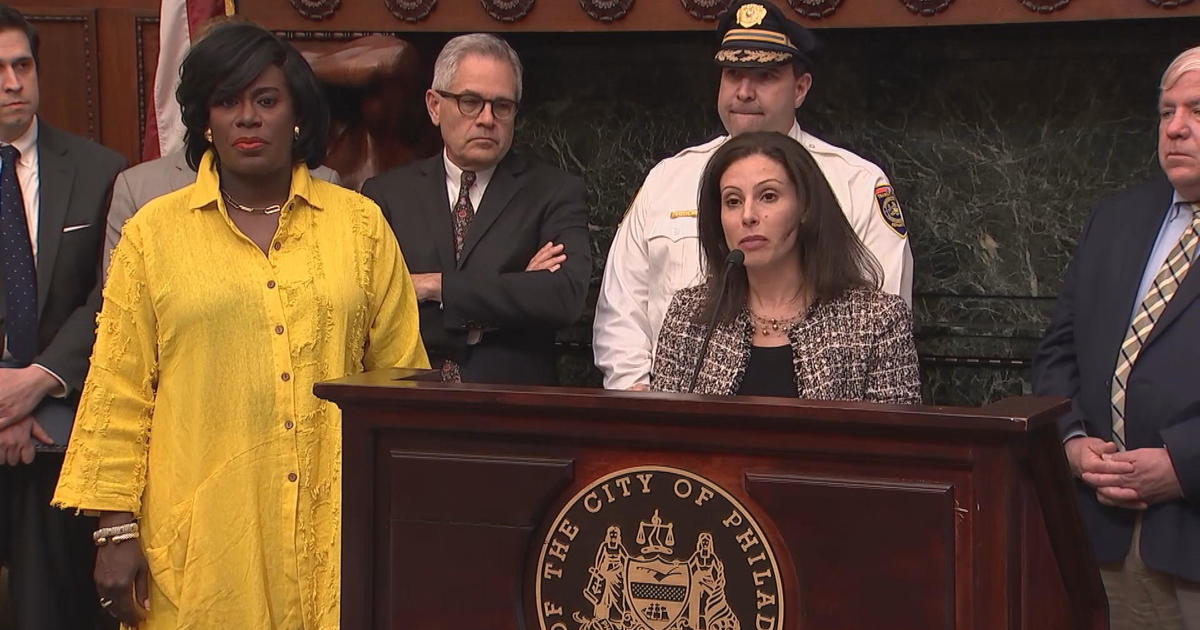STEM: Local Expert Explains How 'Firenadoes' Form
PHILADELPHIA (CBS) -- Recently, you may have caught some mesmerizing video of one of Mother Nature's hottest phenomena. Last week in Oregon and yesterday just east of Los Angeles, firenadoes have been spinning up, so I headed over to Philadelphia's Franklin Institute, where Jacqueline Schneider gave us a real-life demonstration on how firenadoes form.
"They're awesome," says Jacqueline. Fire devils, dragon twists, or firenadoes, terms with apocalyptic air for a spectacular scientific phenomenon.
The fire tornado is tornado-like in appearance however their formation location is opposite to that of a traditional tornado. Jacqueline confirms, "unlike a tornado that would start from the top, and work its way down into that funnel shape, the fire tornado starts at the bottom and lifts its way up so it's kinda like an upside down funnel that's happening."
Also unlike an atmospheric tornado which requires moist air, the firenado feeds off of hot, dry air which is why firenadoes most often form in conjunction with wildfires. As hot air rises from the ground, it forms into a vertical column. A vortex is then formed by what's called angular momentum, a principle also demonstrated by figure skaters...
Ms. Schneider states, "just like a figure skater, if you were to spin, how they start off spinning, if they bring out their arms, they start off a little small, but when they get closer into themselves, a little bit closer to the body, they start to spin a lot faster, so those fire tornadoes do the same exact thing."
She goes on to demonstrate, "the slower I move, the thicker it's going to be, the faster I move, it's going to be thinner, just like a figure skater would move, as soon as they're moving a lot faster, they start spinning really fast, kind of giving that cool effect."
Firenadoes typically only last a few minutes, that's why it's so rare to catch them on camera, nevertheless they can be extremely dangerous. As Jacqueline says, "fire tornadoes can get to be about 2,000 degrees Fahrenheit, at the core."
Additionally the flaming hot vortex can pick up burning embers and flammable debris which can extend hundreds of feet into the air. This creates a jaw-dropping sight but can can yield a swath of destruction in a matter of seconds.
The worst series of firenadoes on record occurred among wildfires that swept through Peshtigo, Wisconsin in 1871. Moving as fast as 100 miles per hour, the fire was so intense it traversed the water of Green Bay, ultimately scorching 1.5 million acres and killing 1,500 people.



